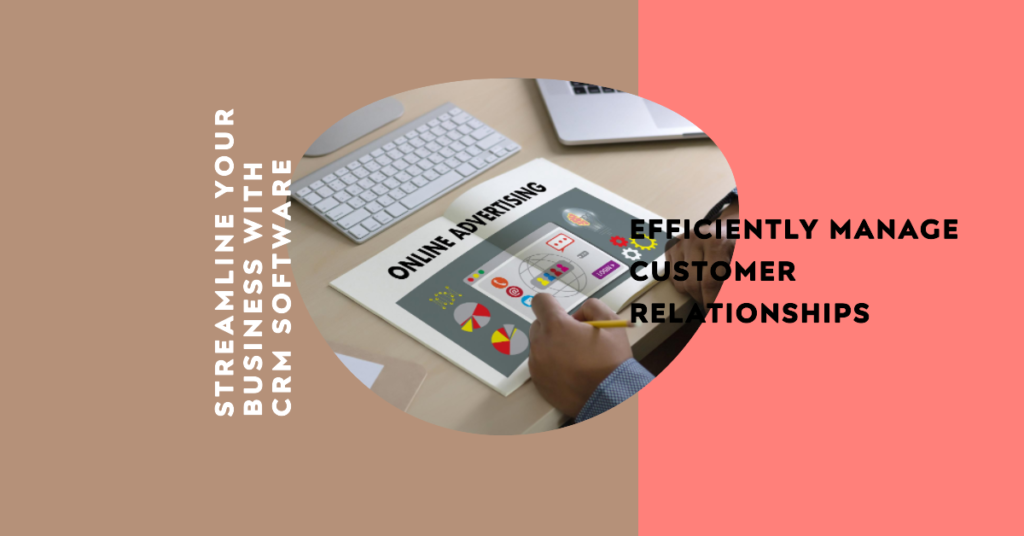In today’s competitive business landscape, the effective management of customer relationships plays a pivotal role in driving sales revenue. Customer Relationship Management (CRM) systems have emerged as indispensable tools for businesses seeking to enhance their sales processes and boost revenue streams. In this article, we will explore the symbiotic relationship between CRM and sales revenue, along with strategies to maximize income through CRM implementation.
Introduction to CRM and its Importance in Sales
CRM encompasses a set of practices, strategies, and technologies aimed at managing and analyzing customer interactions throughout the sales lifecycle. By centralizing customer data and automating tasks, CRM empowers businesses to cultivate meaningful relationships with their customers, ultimately driving sales growth.
Understanding the Relationship Between CRM and Sales Revenue
The adoption of CRM goes hand in hand with revenue generation. Through comprehensive customer insights and efficient sales pipeline management, CRM enables businesses to identify lucrative opportunities, optimize conversion rates, and maximize the value of each customer interaction.
Implementing CRM Strategies for Revenue Growth
Analyzing Customer Data Effectively
CRM systems provide valuable insights into customer behaviors, preferences, and purchasing patterns. By leveraging data analytics, businesses can tailor their sales strategies to meet the specific needs of their target audience, thus increasing the likelihood of conversion.
Streamlining Sales Processes with CRM
Automation features within CRM streamline repetitive tasks, allowing sales teams to focus their efforts on high-value activities. By eliminating manual processes and reducing administrative overhead, businesses can accelerate sales cycles and improve overall efficiency.
Personalization and Customer Engagement
Utilizing CRM for Tailored Communication
CRM facilitates personalized communication by segmenting customers based on demographics, purchasing history, and engagement levels. By delivering targeted messages and offers, businesses can foster stronger connections with their audience, leading to increased loyalty and repeat purchases.
Enhancing Customer Experience through CRM
A seamless customer experience is paramount to driving revenue growth. CRM enables businesses to deliver consistent, personalized experiences across multiple touchpoints, ensuring that customers feel valued and understood throughout their journey.
Leveraging CRM for Lead Generation
Lead Management and Nurturing
CRM streamlines the lead management process, allowing businesses to capture, prioritize, and nurture leads effectively. By tracking interactions and monitoring lead engagement, sales teams can identify promising prospects and guide them through the sales funnel with precision.
Tracking Sales Opportunities with CRM
CRM provides visibility into the sales pipeline, enabling businesses to track opportunities at every stage of the process. By monitoring deal progress and forecasting future revenue, organizations can make informed decisions that drive sustainable growth.
Integrating CRM with Sales Techniques
Aligning CRM with Sales Goals
CRM systems can be customized to align with specific sales objectives and strategies. By integrating CRM into sales processes and workflows, businesses can ensure that every interaction contributes to revenue generation and long-term success.
Enhancing Sales Performance with CRM Insights
CRM analytics offer valuable insights into sales performance, enabling businesses to identify areas for improvement and capitalize on emerging opportunities. By leveraging data-driven insights, sales teams can optimize their approach and drive greater results.
Measuring Success and ROI with CRM
Key Metrics for Evaluating CRM Performance
Metrics such as customer acquisition cost, customer lifetime value, and conversion rates provide valuable benchmarks for assessing CRM effectiveness. By tracking these metrics over time, businesses can gauge the impact of CRM on revenue generation and profitability.
Calculating Revenue Impact and ROI
Quantifying the revenue impact of CRM requires a comprehensive analysis of sales data, customer engagement metrics, and operational efficiency gains. By calculating return on investment (ROI), businesses can justify their CRM investments and identify areas for further optimization.
Conclusion: Maximizing Revenue with CRM
In conclusion, CRM plays a pivotal role in driving sales revenue and maximizing income potential for businesses of all sizes. By implementing effective CRM strategies, businesses can gain deeper insights into customer behavior, streamline sales processes, and deliver exceptional customer experiences that foster long-term loyalty and growth.
FAQs
- How does CRM contribute to revenue growth?
CRM enables businesses to identify lucrative opportunities, personalize communication, and streamline sales processes, ultimately leading to increased conversion rates and revenue growth. - Can CRM help in retaining customers?
Yes, CRM allows businesses to nurture customer relationships through personalized communication, targeted offers, and exceptional customer service, leading to increased loyalty and retention. - Is CRM suitable for small businesses?
Absolutely, CRM systems are scalable and adaptable to businesses of all sizes. Many CRM providers offer tailored solutions designed specifically for the needs and budget constraints of small businesses. - What are the common challenges in CRM implementation?
Common challenges include data migration issues, user adoption hurdles, and integration complexities. However, with proper planning and support, these challenges can be overcome to realize the full benefits of CRM. - How can I get started with CRM for my business?
To get started with CRM, assess your business needs, research available options, and select a CRM solution that aligns with your objectives and budget. Implementing CRM requires careful planning, training, and ongoing support to ensure success.


